Rural living in Cuba is more than landscape
especiales
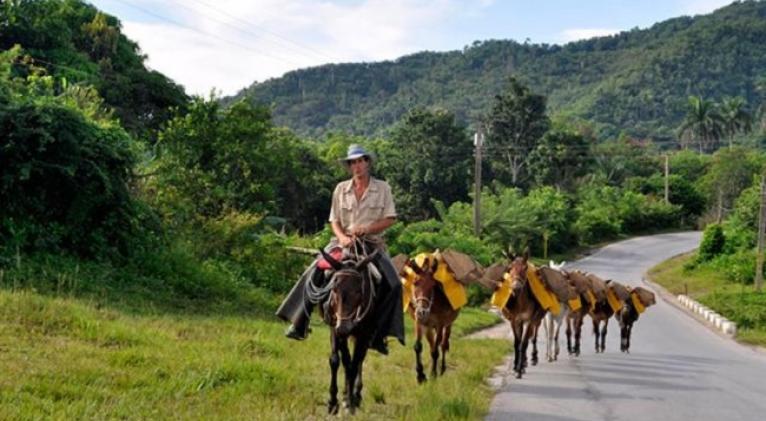
Ironically, a popular saying points out that there is only landscape beyond city borders. However, each one of the millions of Cubans who live in a rural space is convinced that what they need and deserve is much more than landscape.
That is why the most recent meeting of the Council of Ministers was dedicated to the need to recover what had been achieved in the Cuban countryside, where 22.9% of the total population lives, according to a publication by the Office of Statistics and Information (ONEI).
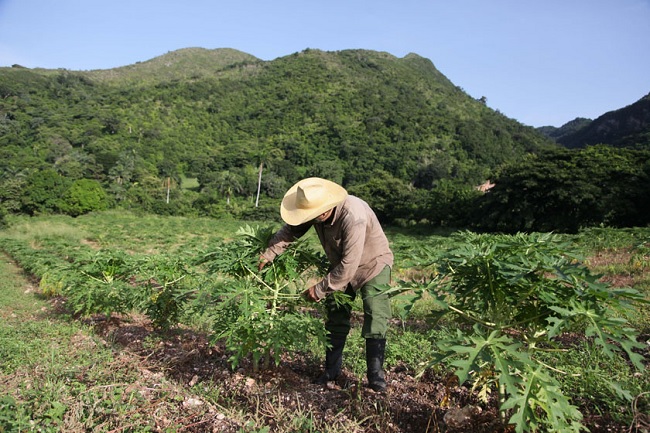
The most recent data from ONEI (end of 2021) confirm that there are 2,546,695 Cubans residing in rural areas, in contrast to the 8,566,104 inhabitants of urban settlements, which positions Cuba as a country of high urbanization, highlights ONEI.
The most ruralized territories in the country, according to the same source, are the provinces of Pinar del Río and Artemisa, as well as the provinces of the eastern region, except Santiago de Cuba. In particular, Granma stands out as the least urbanized province, with only 61% of its inhabitants residing in areas considered urban.
Rescuing, sowing
Considering the previous data as well as the importance of rural communities for the development of the country, especially for food production, this subject was discussed at the first meeting of the Council of Ministers this year, 2023.
In such meeting, President Miguel Díaz-Canel called to recover what the Revolution has developed in the countryside. Only by rescuing things that were done in the countryside, he said, we can give an immediate change, without many resources, to the issue of rural living. "It is a problem of management and rescue," he stressed.
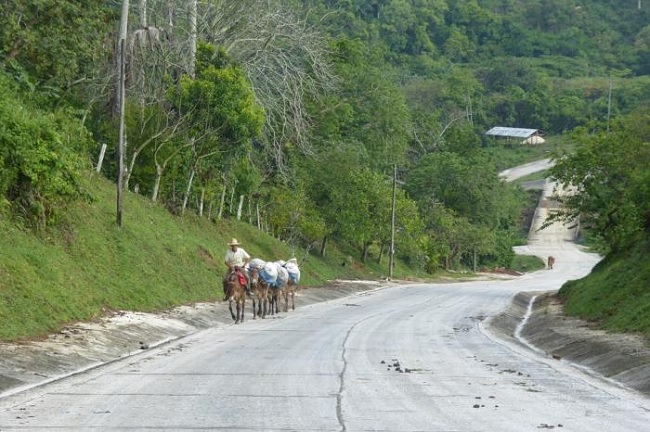
The president insisted on recovering, even with the adverse conditions negatively impacting Cuba today, gradually and as far as possible, existing infrastructures related to health, education and other spaces of a social nature; and also in rescuing important services for those communities, which, in turn, constituted sources of employment.
In a special way, as a matter of priority, he described the need to develop agricultural production and self-sufficiency programs based on the demand for food in said communities.
Green, how I love you green
It is difficult to locate public and current data on the Cuban rural reality in the digital field, unless they allow a panoramic vision.
One of the most recent academic texts on the subject appears dated May 2021, but the statistics it provides date back from the 2008-2018 decade. It is about the text “Social inequalities and rural living in Cuba. The challenges to social policy”, from the Master's and professor at the Latin American Faculty of Social Sciences, Cuba Program, University of Havana, Vilma Hidalgo López-Chávez.
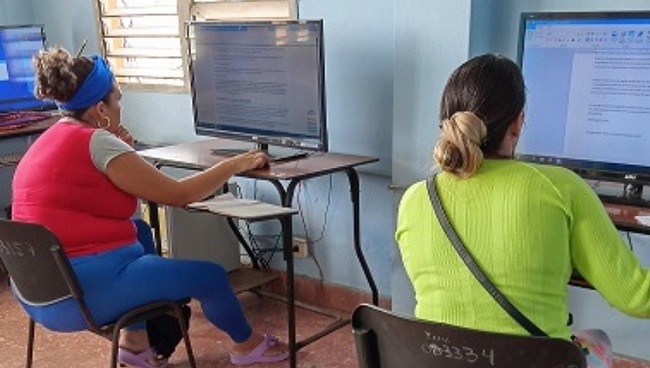
At least as a reference, although current conditions are very different now, it would be worth noting that, then, the main equity gaps between rural and urban areas were focused on the access to services, levels of completed educational levels (in rural areas, people without a completed educational level or only with primary education were over-concentrated, among other related indicators), as well as in housing and equipment (54% of rural homes were registered in not-good and poor condition in relation to urban ones, which show 35% in these conditions, while their equipment was more precarious).
Even within the rural territories, the scholar pointed out differences between those that were in decline and those that were emerging. As for the former, she mentions the exodus and demographic aging, inefficient use of land, strong economic decapitalization, few attractions for other activities, inadequate infrastructure and services, low living standard, limited opportunities for the inclusion into development policies, as well as articulation to emerging sectors, dependence on decision makers and external agents, little availability of entrepreneurial capital and limited activation of local synergies.
In contrast, the rural spaces she assesses as emerging had advantages to benefit from the development logics implemented and evidenced economic growth, different land uses and flexible accumulation logics, mobilization of their potential, articulation with local production chains and, through them, with leading sectors of development on a territorial scale, little exodus, as well as promotion of new activities that showed a productive and social diversification.
In terms of transport, for example, current data, offered by the Minister of Transport, Eduardo Rodríguez Dávila, to the deputies of the Parliamentary Services Commission, on December 11, prior to the tenth regular session in its ninth legislature, this service was labeled as “in critical condition”, with regard to the Turquino Plan in particular —Attention Program for the Comprehensive Development of Mountainous and Difficult-Access Regions—, which celebrated its 35th anniversary last June. Of the 198 routes that were supposed to provide transportation to these inhabitants, 110 remained inactive, and in those that worked, the frequency had doubled for the worst.
Not for nothing, the exodus of residents from rural areas to more urbanized ones is a phenomenon that hits hard this reality, impacting the workplace.
Hence, the member of the Political Bureau and Prime Minister, Manuel Marrero Cruz, emphasized during the aforementioned Council of Ministers the need to achieve stability in the workforce.
In this sense, the website of the Presidency reported that Marrero called for the return of young people once they leave the countryside to study. So they can apply their knowledge. He called for developing housing plans, improving accessibility to communities, and many other aspects that demand prioritized attention and constant monitoring of all the country's management structures.
Likewise, the Deputy Prime Minister, Jorge Luis Perdomo Di-Lella, stressed the need to recovering infrastructures in those rural spaces and creating more and more possibilities when he talked about young people could materialize their life projects in their communities of origin.
And the truth is that the demographic perspectives of the Cuban countryside are negative. The aforementioned was stated by Antonio Aja, PhD in Philosophical Sciences, sociologist, historian and Professor at the Center for Demographic Studies (CEDEM) of the University of Havana, in the article “Population dynamics and their interrelationships in Cuba and its territories. Recommendations for action", where, in co-authorship with M.Sc. William Hernández, also from CEDEM, he indicates, when speaking of human settlements in Cuba, that "the urgency of the issue is evident once we realize the current structure of the population of the rural areas in the country, highly aged and depopulated.”
The largest migrations take place particularly in the dispersed rural population and in small population concentrations, possibly to larger rural settlements and also to basic urban ones.
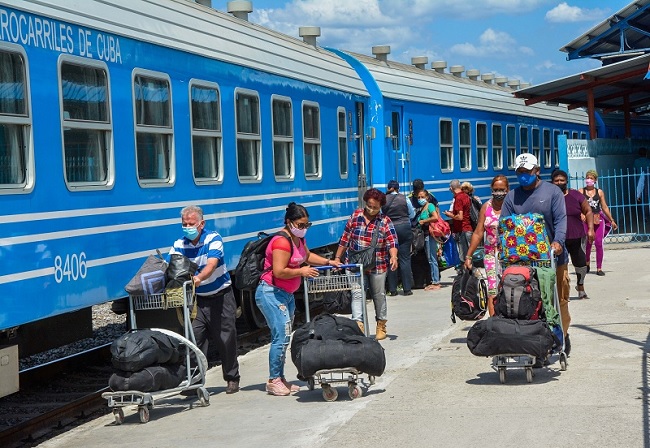
By pointing out the main vulnerable groups given the country's demographic situation, both experts include groups impacted by the growing differences between urban and rural areas, where aging and decapitalization are equally red flags.
On the other hand, from the perspective of Law, Dr. María T. Falcón López, professor at the School of Law at the University of Havana, pointed out last December that "given the historical moment and the transformations that are being generated in Cuba , it is essential to change paradigms to adjust the legislation and focus on the social models of the Cuban peasantry with a mentality channeled in the economic development of the nation, where the fields of science and technology are a direct component in society to decentralize, by law, agricultural activity.”
Consequently, with these realities and claims, the Council of Ministers approved the content in the document "Reassessment of rurality in Cuba." It is a program that aims, among other goals, to promote, as part of municipal development strategies, local projects that promote new jobs, provide resources and training opportunities for the population that lives in those spaces, where the Cuban identity fertilized solid roots.
Díaz-Canel insisted, during the aforementioned meeting, that in order for Cuban fields to yield agricultural production as expected, it is necessary to strengthen such function with technology, research, innovation, and training of the qualified labor force, as well as seek incentives so that this qualified force finds space and development in rural areas which, as the title of article indicates, are not landscape but an inseparable, primordial part of our nation.
Translated by Sergio A. Paneque Díaz / CubaSí Translation Staff














Add new comment